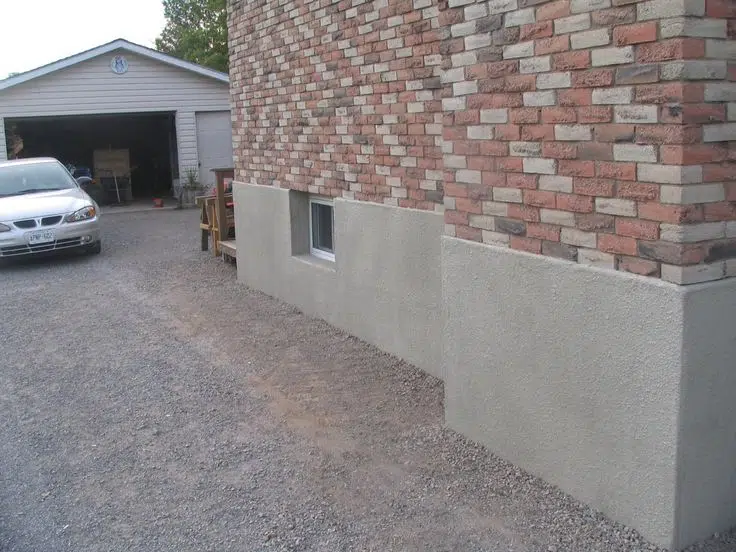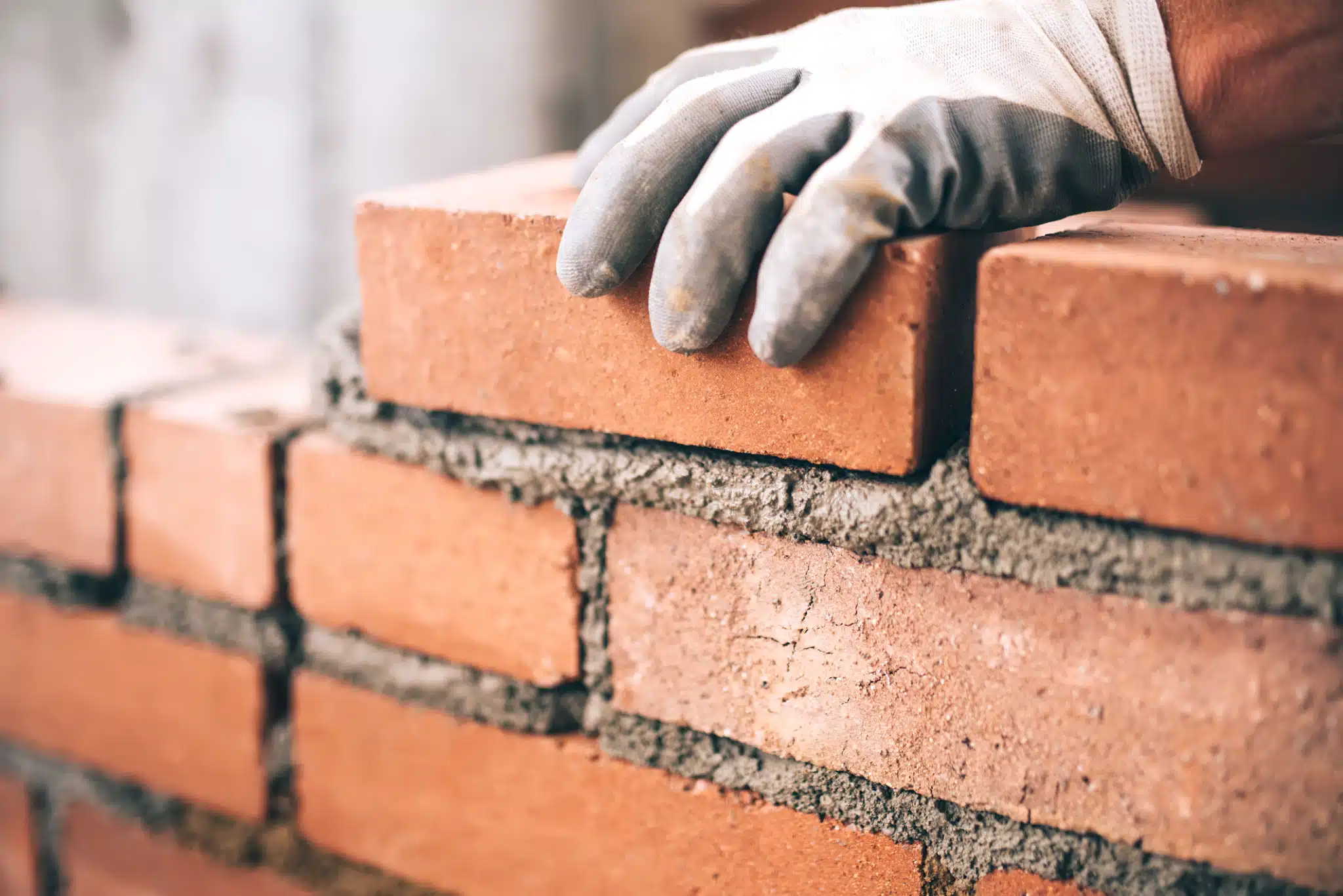Brantford, Ontario, is a city rich in history and architectural beauty, with many of its most iconic structures built using traditional masonry techniques. These buildings stand as a testament to the skill and craftsmanship of past generations, but they also require ongoing care and maintenance to preserve their integrity for future generations. In this comprehensive guide, we’ll explore the efforts to preserve and restore Brantford’s historic masonry structures, including the techniques used and challenges faced by modern masons.
Overview of Significant Historic Masonry Structures in Brantford
Brantford boasts a wealth of historic masonry buildings that contribute to the city’s unique character and cultural heritage. Some of the most notable structures include:
- The Brantford County Courthouse (1852): A stunning example of Greek Revival architecture, featuring intricate brickwork and stone detailing.
- Bell Homestead National Historic Site (1870s): The former home of Alexander Graham Bell, constructed with local red brick and featuring decorative masonry elements.
- Brant County Museum and Archives (1880): Originally built as a post office, this Romanesque Revival building showcases elaborate stonework and arched windows.
- Woodland Cultural Centre (1904): Formerly the Mohawk Institute Residential School, this building now serves as a museum and cultural center, with its brick façade telling a complex story of Indigenous history.
- Carnegie Building (1904): A former public library gifted by Andrew Carnegie, featuring ornate brickwork and classical architectural elements.
These structures, among many others, represent the diverse architectural styles and masonry techniques employed throughout Brantford’s history. Preserving these buildings is crucial for maintaining the city’s cultural identity and providing tangible links to its past.
Common Restoration Challenges and How They’re Addressed
Restoring historic masonry structures presents a unique set of challenges that require specialized knowledge and skills. Some of the most common issues faced by restoration experts in Brantford include:
1. Structural Integrity
Many older buildings suffer from structural issues due to settling foundations, inadequate support, or damage from natural disasters. Addressing these problems often involves:
- Underpinning foundations to provide additional support
- Installing steel reinforcements to stabilize walls and load-bearing elements
- Repairing or replacing damaged structural components
2. Water Damage and Moisture Intrusion
Water is one of the most significant threats to masonry structures. Restoration efforts often focus on:
- Repointing mortar joints to prevent water infiltration
- Installing or repairing flashing and drainage systems
- Applying water-repellent sealants to protect vulnerable surfaces
- Addressing rising damp through the installation of damp-proof courses
3. Material Degradation
Over time, masonry materials can deteriorate due to weathering, pollution, and natural aging processes. Restoration techniques include:
- Carefully cleaning surfaces to remove dirt, grime, and biological growth
- Replacing severely damaged bricks or stones with matching materials
- Consolidating weakened masonry using specialized chemical treatments
4. Incompatible Previous Repairs
Many historic buildings have undergone repairs or modifications that used materials incompatible with the original construction. Addressing these issues involves:
- Removing inappropriate materials and repairs
- Sourcing and using materials that match the original in composition, strength, and appearance
- Educating building owners about proper maintenance techniques
Modern Techniques for Preserving Historic Masonry
While respecting traditional craftsmanship, modern masons employ a range of innovative techniques to preserve and restore historic structures:
1. Non-Destructive Testing
Advanced technologies allow for thorough assessments of masonry structures without causing damage. These methods include:
- Ground-penetrating radar to detect hidden structural issues
- Infrared thermography to identify areas of moisture intrusion
- Ultrasonic pulse velocity testing to assess material strength and uniformity
2. Computer-Aided Design and 3D Modeling
Digital tools help restoration experts:
- Create detailed models of buildings to plan restoration work
- Simulate the effects of different restoration approaches
- Design custom replacement elements that perfectly match original features
3. Specialized Mortar Formulations
Modern masons use carefully crafted mortar mixes that:
- Match the strength and porosity of original mortars
- Incorporate traditional ingredients like lime and natural hydraulic lime
- Provide improved durability and weather resistance
4. Cathodic Protection
This electrochemical technique helps prevent corrosion in metal reinforcements within masonry structures by:
- Installing a sacrificial anode or impressed current system
- Redirecting corrosive processes away from structural elements
- Extending the lifespan of both the masonry and its reinforcements
The Role of Companies Like Fix My Brick in Maintaining Brantford’s Masonry Heritage
Specialized masonry restoration companies play a crucial role in preserving Brantford’s architectural heritage. Fix My Brick, for example, brings a wealth of expertise and resources to the table:
1. Specialized Knowledge and Skills
Companies like Fix My Brick employ masons with extensive experience in historic restoration, ensuring that work is carried out with the utmost care and respect for original craftsmanship.
2. Access to Appropriate Materials
Restoration experts have networks of suppliers who can provide historically accurate materials, including specially formulated mortars, reclaimed bricks, and custom-made architectural elements.
3. Cutting-Edge Technology
Professional restoration companies invest in advanced tools and techniques that allow for more accurate assessments and precise repairs.
4. Comprehensive Project Management
From initial assessment to final touches, companies like Fix My Brick oversee all aspects of restoration projects, ensuring consistency and quality throughout the process.
5. Regulatory Compliance
Experienced restoration firms are well-versed in local heritage preservation regulations and can navigate the complex permitting processes often required for work on historic structures.
6. Public Education and Advocacy
By sharing their knowledge and promoting the importance of masonry preservation, companies like Fix My Brick help raise awareness about Brantford’s architectural heritage and the need for ongoing conservation efforts.
Conclusion
Preserving Brantford’s masonry heritage is a complex but essential task that requires a delicate balance of traditional craftsmanship and modern innovation. By addressing common restoration challenges, employing cutting-edge techniques, and relying on the expertise of specialized companies like Fix My Brick, Brantford can ensure that its historic masonry structures continue to stand as proud testaments to the city’s rich cultural heritage.
As we look to the future, it’s clear that the ongoing preservation of these architectural treasures will require continued dedication, expertise, and community support. By valuing and investing in our masonry heritage, we not only honor the craftsmanship of the past but also create a more vibrant and historically rich urban environment for generations to come.
\n\n\nWhat historic masonry structures are significant in Brantford?
Brantford features several significant historic masonry structures, including the Brantford County Courthouse, Bell Homestead National Historic Site, Brant County Museum and Archives, Woodland Cultural Centre, and Carnegie Building, each showcasing unique architectural styles and craftsmanship.
What are the common challenges faced when restoring historic masonry buildings?
Restoration challenges include ensuring structural integrity, addressing water damage, managing material degradation, and correcting incompatible previous repairs.
How do restoration experts address structural integrity issues in older buildings?
Experts may underpin foundations, install steel reinforcements, and repair or replace damaged structural components to maintain the building’s stability.
What techniques are used to prevent water damage in masonry structures?
Restoration efforts focus on repointing mortar joints, installing drainage systems, applying water-repellent sealants, and addressing rising damp with damp-proof courses.
What modern technologies are employed in the preservation of historic masonry?
Modern techniques include non-destructive testing methods like ground-penetrating radar and infrared thermography, as well as computer-aided design and specialized mortar formulations.
What role do companies like Fix My Brick play in masonry restoration?
Companies like Fix My Brick employ skilled masons, provide access to appropriate materials, utilize advanced technologies, manage restoration projects, and ensure compliance with heritage regulations.
How does community support contribute to the preservation of Brantford’s masonry heritage?
Ongoing community support, education, and advocacy are essential to raising awareness about the importance of masonry preservation and ensuring the long-term conservation of Brantford’s historic structures.
Why is it important to preserve Brantford’s masonry heritage?
Preserving historical masonry structures is crucial for maintaining the city’s cultural identity, providing tangible links to its past, and enhancing the urban environment for future generations.



